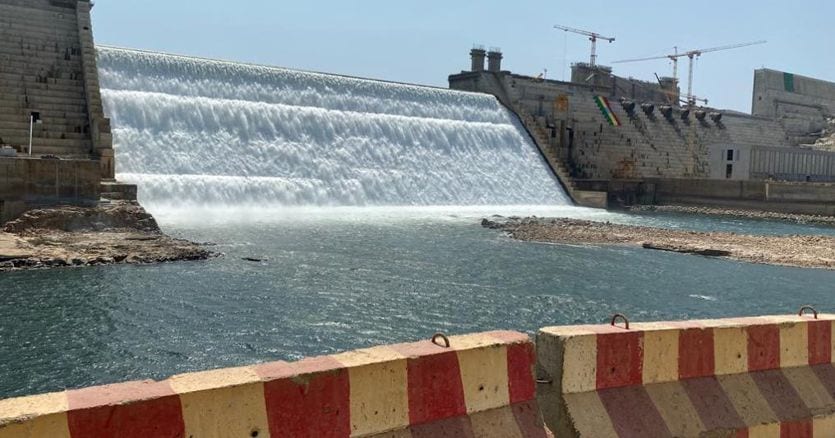The key points
- The numbers of the great dam
- Webuild’s commitment to hydroelectricity
Ethiopian Prime Minister Abiy Ahmed Ali has initiated the first turbine of the Grand
Ethiopian Renaissance Dam (Gerd), la maxi dam in rolled concrete compacted that the Italian group Webuild (formerly Salini Impregilo) is building on the waters of the Blue Nile, in the western region of Ethiopia. Once completed, the building will be the largest hydroelectric plant in Africa and will support the country in its path of economic development and towards the sustainable goal of becoming carbon neutral by 2025 thanks to a massive production of energy from renewable sources. .
The numbers of the great dam
The plant will have a total installed capacity of 5,150 MW and will be able to guarantee an estimated average production of 15,700 Gwh / year: these are the numbers of the Ethiopian Great Renaissance Dam, for whose construction approximately every year has been involved on average. 10 thousand people.
Commissioned by the Ethiopian Electric Power Corporation, the Gerd project has an overall value of 3.48 billion euros and achieved a progressive advance of 84%. Once completed, it will lead to the birth of a real energy hub for the region, which today has a profound need for energy, allowing the country to generate and export clean and renewable energy, avoiding the emission of
tons of CO2 per year.
Webuild’s commitment to hydroelectricity
Webuild is one of the world‘s leading groups in the hydroelectric energy sector. The hydroelectric projects currently underway by the group, once completed, will generate over 14,400 MW of new renewable installed capacity and will guarantee clean and low-cost energy for tens of millions of people worldwide. Among the projects underway there is also Snowy 2.0 in Australia, a hydroelectric plant that will allow 500 thousand homes to be served simultaneously during periods of peak energy demand.
